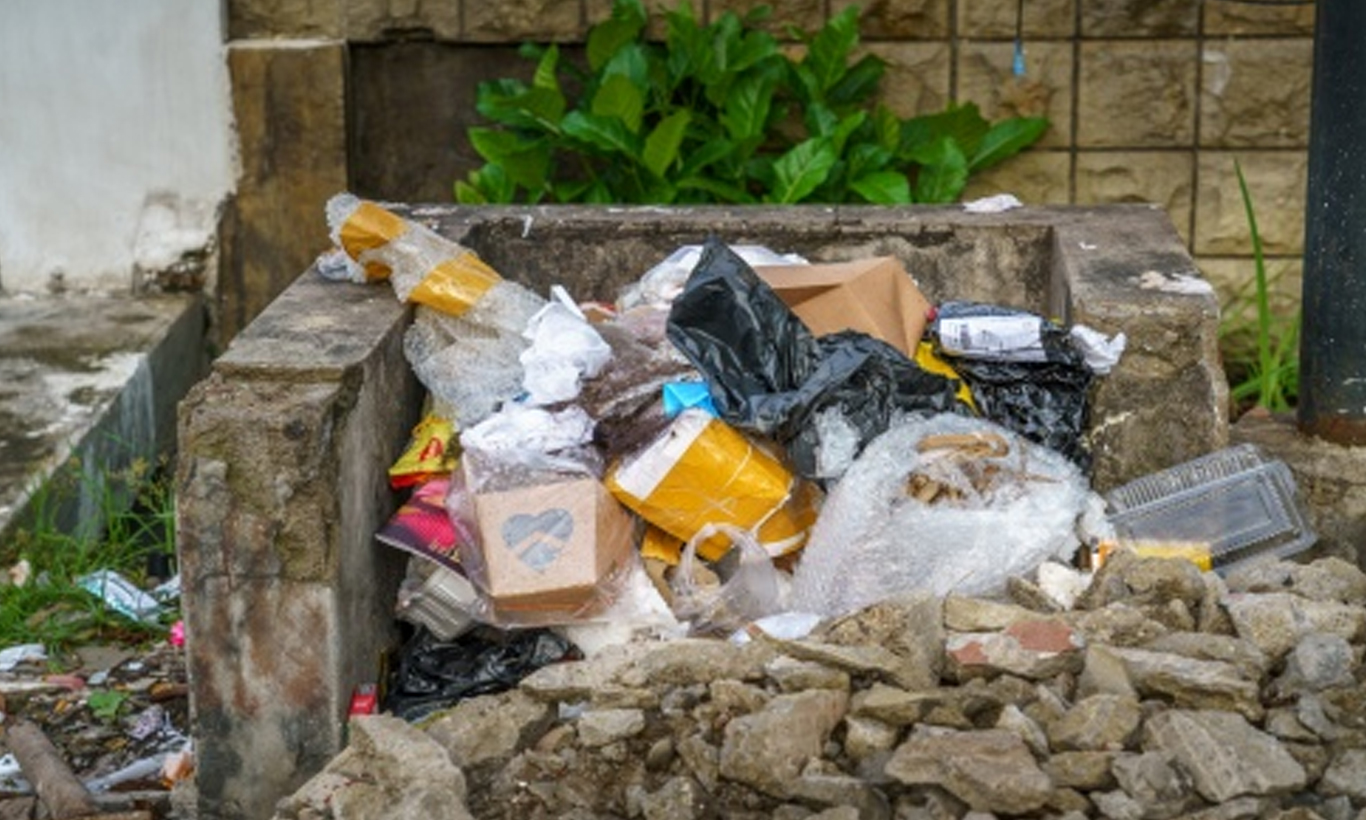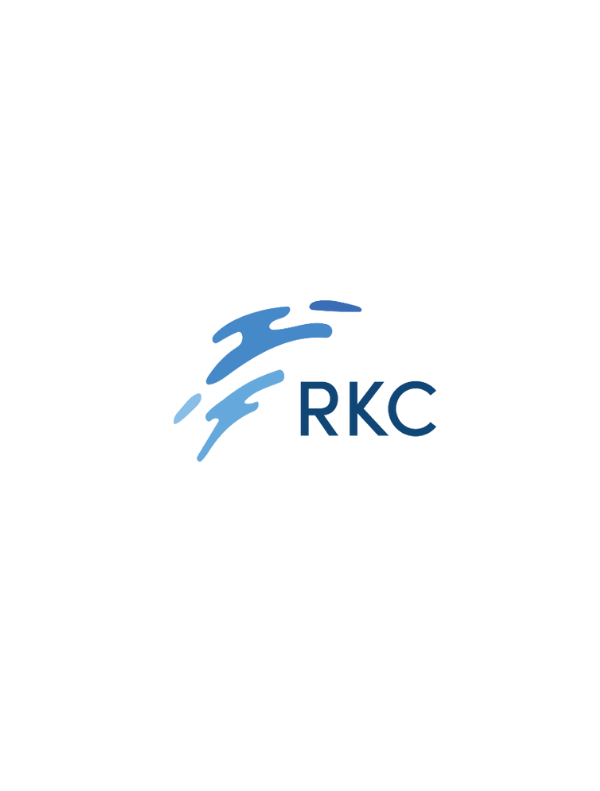

16 March 2021: ERIA and the Institute for Global Environmental Strategies (IGES), along with the IGES Centre Collaborating with the United Nations Environment Programme (UNEP) on Environmental Technologies (CCET), co-organised a special session Estimating Plastic Waste and Pollution for Data-driven Policy Making in Emerging Economies, during the seventh 3R International Scientific Conference on Material Cycles and Waste Management (3RINCs), held online on 11 and 15-19 March.
3RINCs is an academic platform which promotes proper waste management and the 3R (reduce, reuse, and recycle) principle in society. Its mission is to serve as a platform for academic and scientific exchange, which in turn will provide substantive technical input to policy discussions at the intergovernmental Regional 3R Forum. Since the first conference held in 2014 in Japan, it has been convened successively in the Republic of Korea, Viet Nam, India, and Thailand. The sixth 3RINCs was cancelled in 2020 due to the COVID-19 pandemic, and this year the conference was convened online.
To learn more about 3RINCS https://www.3rincs.org/3rincs2021-online/
ERIA, IGES and CCET co-hosted the special plastic session, which discussed opportunities and challenges surrounding data-driven policy making for proper plastic management and mitigation of marine plastics debris, especially in emerging and developing economies such as in Southeast Asia. It examined recent attempts to estimate plastic waste and pollution either through traditional information gathering or through more advanced methods such as geographic information systems (GIS), IT technology, sensing technology, and modelling analysis.
Mr Michikazu Kojima of ERIA opened the session with a presentation on national data availability on marine plastics and plastic pollution in ASEAN countries. He said researchers often cite Southeast Asian countries as the biggest contributors of marine plastic debris, although assumptions may vary depending on the estimation methodologies used. Some ASEAN nations (such as Thailand, Viet Nam and the Philippines) have made substantial progress in estimating municipal solid waste and assessing potential plastic leakage into the environment, thanks to systematic data collection from local authorities, but other countries still lag behind. He also said that in ASEAN countries, primary microplastics and leakage from landfill sites are very often not accounted for, and lack of information in this area remains a challenge for future data-collection and monitoring.
Dr Premakumara Jagath Dickella Gamaralalage, of IGES-CCET, presented his observations and lessons learned from the United Nations Economic and Social Commission for Asia and the Pacific (UNESCAP) Closing the Loop project, for which IGES-CCET is one of the implementing partners.
The project is assisting four ASEAN cities (Kuala Lumpur in Malaysia, Surabaya in Indonesia, Da Nang in Viet Nam, and Nakhon Si Thammarat in Thailand) in developing city action plans to improve plastic waste management. It has two components: data collection and city action plan development. The data collected through the project has been used to engage discussion on how to better manage plastic waste, for example by recycling instead of sending to dumping sites.
Dr Gamaralalage concluded by saying that understanding the capacity of these cities is important if we are to have a sustainable impact, and simple data sets can be more useful and practical in the management of plastic waste than using an overabundance of data and complex methodologies.
Dr Costas Velis, of the University of Leeds, introduced the International Solid Waste Association (ISWA) Plastic Pollution Calculator and other toolkits used for data-collection in the Closing the Loop project. Understanding plastic waste sources and how they are released is important to establish a model, he said.
In order to intervene and take effective actions, multiple environmental factors such as natural conditions, geography and weather, the degree of city urban expansion, the degree of dependency on tourism, and the recycling rate, can influence how plastic waste is generated and leaks into the environment. With the Plastic Pollution Calculator, a baseline is established and benchmarking conducted over time to quantify plastic waste sources and find the hotspots, which can help data-driven policy making. How to account for open burning and the activities of the informal sector UNEP/ROAP remain challenges, said Dr Velis.
Dr Kavinda Gunasekara, of the Asian Institute of Technology's (AIT) Geoinformatic Centre (GIC), spoke of the lessons learned from the UNEP/ROAP CounterMEASURE phase 1 project on how to utilise GIS and citizen science to identify hotspots along the Mekong River. By teaching computers to detect plastic trash through an active learning framework (trash collection and annotation by type), the team succeeded in scanning through city streets to detect the locations, types and quantity of trash thrown into the environment, using cameras attached to vehicles.
Challenges included piles of trash containing a multitude of plastics in terms of quantity and quality, said Dr Gunasekara. The experiment has expanded to include motorcycles, by utilising food delivery companies to collect data through their daily delivery work, and other citizen data-collection approaches.
Dr Muhammad Reza Cordova, of the Indonesian Institute for Sciences, spoke in the final presentation about monitoring marine plastic debris in oceans and river basins. Despite marine litter emerging as a critical issue in the Asian region, published scientific research remains very low compared to other regions in the world, and improvement is needed.
Plastic waste monitoring methods can be divided in two main categories: passive monitoring, whereby remote sensing feeds into modelling; and active monitoring, whereby in situ and visual data is collected from the field. Passive monitoring needs further fine tuning by considering factors such as the plastic consumption patterns of individual countries. Active monitoring, on the other hand, is useful in reflecting the reality on the ground and feeding additional information into the passive monitoring method. Wisely using the passive and active methods, and citizen science will optimise our monitoring results, Dr Cordova concluded.
ERIA, as part of the activities of its Regional Knowledge Centre for Marine Plastic Debris (the Centre), is to establish a technical working group on data-driven policy making for marine plastic pollution management, in collaboration with IGES.
16 March 2021: ERIA and the Institute for Global Environmental Strategies (IGES), along with the IGES Centre Collaborating with the United Nations Environment Programme (UNEP) on Environmental Technologies (CCET), co-organised a special session Estimating Plastic Waste and Pollution for Data-driven Policy Making in Emerging Economies, during the seventh 3R International Scientific Conference on Material Cycles and Waste Management (3RINCs), held online on 11 and 15-19 March.
3RINCs is an academic platform which promotes proper waste management and the 3R (reduce, reuse, and recycle) principle in society. Its mission is to serve as a platform for academic and scientific exchange, which in turn will provide substantive technical input to policy discussions at the intergovernmental Regional 3R Forum. Since the first conference held in 2014 in Japan, it has been convened successively in the Republic of Korea, Viet Nam, India, and Thailand. The sixth 3RINCs was cancelled in 2020 due to the COVID-19 pandemic, and this year the conference was convened online.
To learn more about 3RINCS https://www.3rincs.org/3rincs2021-online/
ERIA, IGES and CCET co-hosted the special plastic session, which discussed opportunities and challenges surrounding data-driven policy making for proper plastic management and mitigation of marine plastics debris, especially in emerging and developing economies such as in Southeast Asia. It examined recent attempts to estimate plastic waste and pollution either through traditional information gathering or through more advanced methods such as geographic information systems (GIS), IT technology, sensing technology, and modelling analysis.
Mr Michikazu Kojima of ERIA opened the session with a presentation on national data availability on marine plastics and plastic pollution in ASEAN countries. He said researchers often cite Southeast Asian countries as the biggest contributors of marine plastic debris, although assumptions may vary depending on the estimation methodologies used. Some ASEAN nations (such as Thailand, Viet Nam and the Philippines) have made substantial progress in estimating municipal solid waste and assessing potential plastic leakage into the environment, thanks to systematic data collection from local authorities, but other countries still lag behind. He also said that in ASEAN countries, primary microplastics and leakage from landfill sites are very often not accounted for, and lack of information in this area remains a challenge for future data-collection and monitoring.
Dr Premakumara Jagath Dickella Gamaralalage, of IGES-CCET, presented his observations and lessons learned from the United Nations Economic and Social Commission for Asia and the Pacific (UNESCAP) Closing the Loop project, for which IGES-CCET is one of the implementing partners.
The project is assisting four ASEAN cities (Kuala Lumpur in Malaysia, Surabaya in Indonesia, Da Nang in Viet Nam, and Nakhon Si Thammarat in Thailand) in developing city action plans to improve plastic waste management. It has two components: data collection and city action plan development. The data collected through the project has been used to engage discussion on how to better manage plastic waste, for example by recycling instead of sending to dumping sites.
Dr Gamaralalage concluded by saying that understanding the capacity of these cities is important if we are to have a sustainable impact, and simple data sets can be more useful and practical in the management of plastic waste than using an overabundance of data and complex methodologies.
Dr Costas Velis, of the University of Leeds, introduced the International Solid Waste Association (ISWA) Plastic Pollution Calculator and other toolkits used for data-collection in the Closing the Loop project. Understanding plastic waste sources and how they are released is important to establish a model, he said.
In order to intervene and take effective actions, multiple environmental factors such as natural conditions, geography and weather, the degree of city urban expansion, the degree of dependency on tourism, and the recycling rate, can influence how plastic waste is generated and leaks into the environment. With the Plastic Pollution Calculator, a baseline is established and benchmarking conducted over time to quantify plastic waste sources and find the hotspots, which can help data-driven policy making. How to account for open burning and the activities of the informal sector UNEP/ROAP remain challenges, said Dr Velis.
Dr Kavinda Gunasekara, of the Asian Institute of Technology's (AIT) Geoinformatic Centre (GIC), spoke of the lessons learned from the UNEP/ROAP CounterMEASURE phase 1 project on how to utilise GIS and citizen science to identify hotspots along the Mekong River. By teaching computers to detect plastic trash through an active learning framework (trash collection and annotation by type), the team succeeded in scanning through city streets to detect the locations, types and quantity of trash thrown into the environment, using cameras attached to vehicles.
Challenges included piles of trash containing a multitude of plastics in terms of quantity and quality, said Dr Gunasekara. The experiment has expanded to include motorcycles, by utilising food delivery companies to collect data through their daily delivery work, and other citizen data-collection approaches.
Dr Muhammad Reza Cordova, of the Indonesian Institute for Sciences, spoke in the final presentation about monitoring marine plastic debris in oceans and river basins. Despite marine litter emerging as a critical issue in the Asian region, published scientific research remains very low compared to other regions in the world, and improvement is needed.
Plastic waste monitoring methods can be divided in two main categories: passive monitoring, whereby remote sensing feeds into modelling; and active monitoring, whereby in situ and visual data is collected from the field. Passive monitoring needs further fine tuning by considering factors such as the plastic consumption patterns of individual countries. Active monitoring, on the other hand, is useful in reflecting the reality on the ground and feeding additional information into the passive monitoring method. Wisely using the passive and active methods, and citizen science will optimise our monitoring results, Dr Cordova concluded.
ERIA, as part of the activities of its Regional Knowledge Centre for Marine Plastic Debris (the Centre), is to establish a technical working group on data-driven policy making for marine plastic pollution management, in collaboration with IGES.

Communication Desk


